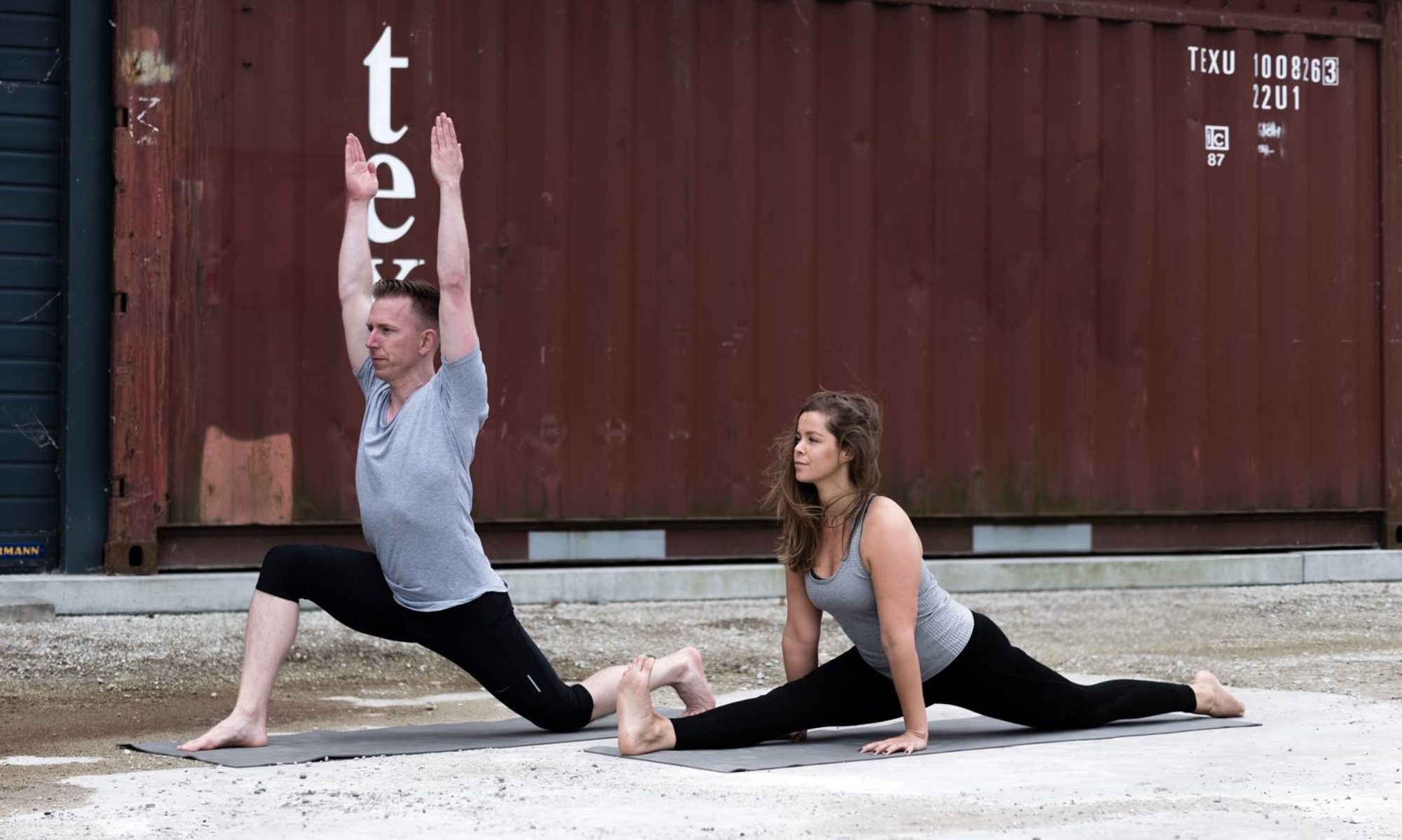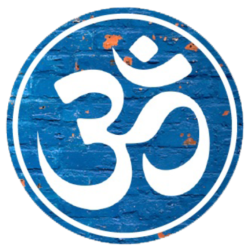Onthouding
Yama is de eerste stap van het achtvoudige pad in yoga. Yama betekent ‘onthouding’ of ‘verbod’. Dat klinkt nogal streng en legt de nadruk op wat niet mag. Een positievere benadering is gelofte of belofte.
Er zijn vijf belangrijke geloften:
- Ahimsā: zonder geweld
- Je doel is om zo geweldloos mogelijk te leven. Naast geweldloosheid in gedrag, betekent het ook dat je geweldloos in gedachte bent. Je bent niet gewelddadig naar anderen, en ook niet naar jezelf.
- Satya: waarheid of waarachtig
- Je probeert zo eerlijk en trouw mogelijk te leven. Zowel wat je denkt, doet en zegt zijn waarachtig.
- Āsthēya: niet stelen
- Hier probeer je zonder begeerte te leven. Je maakt je los van materieel bezit.
- Brahmachārya: kuisheid en seksuele zelfbeheersing;
- Brahma staat voor de Ultieme Waarheid, de Schepper. Char betekent bewegen. Het gaat dus om de beweging naar de Ultieme Waarheid. Sommigen zeggen dat je je moet onderwerpen aan God. Hiermee wordt bedoeld dat je op zoek gaat en gehoor geeft aan de goddelijkheid in jezelf. Of zoals Mandela het ooit verwoorde: ‘erken de grootsheid in jezelf’. Lees meer
- Aparigraha: vrij zijn van hebzicht. Dit woord bestaat uit drie delen. Graha betekent pakken of nemen, Pari geeft aan dat het om alle zijden/kanten gaat. De toevoeging a aan het begin van het woord staat voor de ontkenning, dus: niet alles willen pakken. Kortom, vrij van hebzucht zijn. Je moet dus leren wanneer iets genoeg is. In deze westerse wereld lijken we altijd meer te willen. Ook hier geldt ‘less is more’.
Yama is volgens de mythologie ook de god van de dood.
Yogasutra
Yama (Sanskriet: यम) vormt de eerste stap op het achtvoudige yogapad (ashtanga yoga) uit Patanjali’s Yogasoetra’s.
30. Yama omvat vijf geloften: (a) ahimsā (geweldloosheid), (b) satya (waarheid), (c) āsthēya (niet stelen), (d) brahmachārya (kuisheid) en (e) aparigraha(niet bezitzuchtig zijn).
31. Dit zijn machtige, algemene geloftes, die niet worden beperkt door jāti (klasse of rang), plaats of tijd.
(…)
33. Om de schadelijke, instinctieve neigingen te overwinnen moet men de tegenovergestelde krachten (vertegenwoordigd door yama en niyama) cultiveren.
34. Schadelijke instinctieve neigingen – hetzij direct of indirect zelf veroorzaakt, hetzij via anderen tot stand gebracht – leiden tot himsā (geweld). Geweld komt voort uit een bepaalde mate van lōbha (hebzucht, begeerte), krōdha (toorn, woede) en mōha (begoocheling) met duhkha (lijden) en ajñāna(onwetendheid) als resultaat. Daarom is de cultivering van tegenovergestelde krachten nodig.
35. (a) Ahimsā leidt ertoe dat je eigen agressie verdwijnt en die van anderen tegenover jou.
36. (b) Satya zorgt ervoor dat je woorden daden worden.
37. (c) Āsthēya maakt dat kostbare schatten je toevallen.
38. (d) Brahmachārya geeft je ontembare energie.
39. (e) Aparigraha schenkt kennis van vorige en toekomstige levens.


